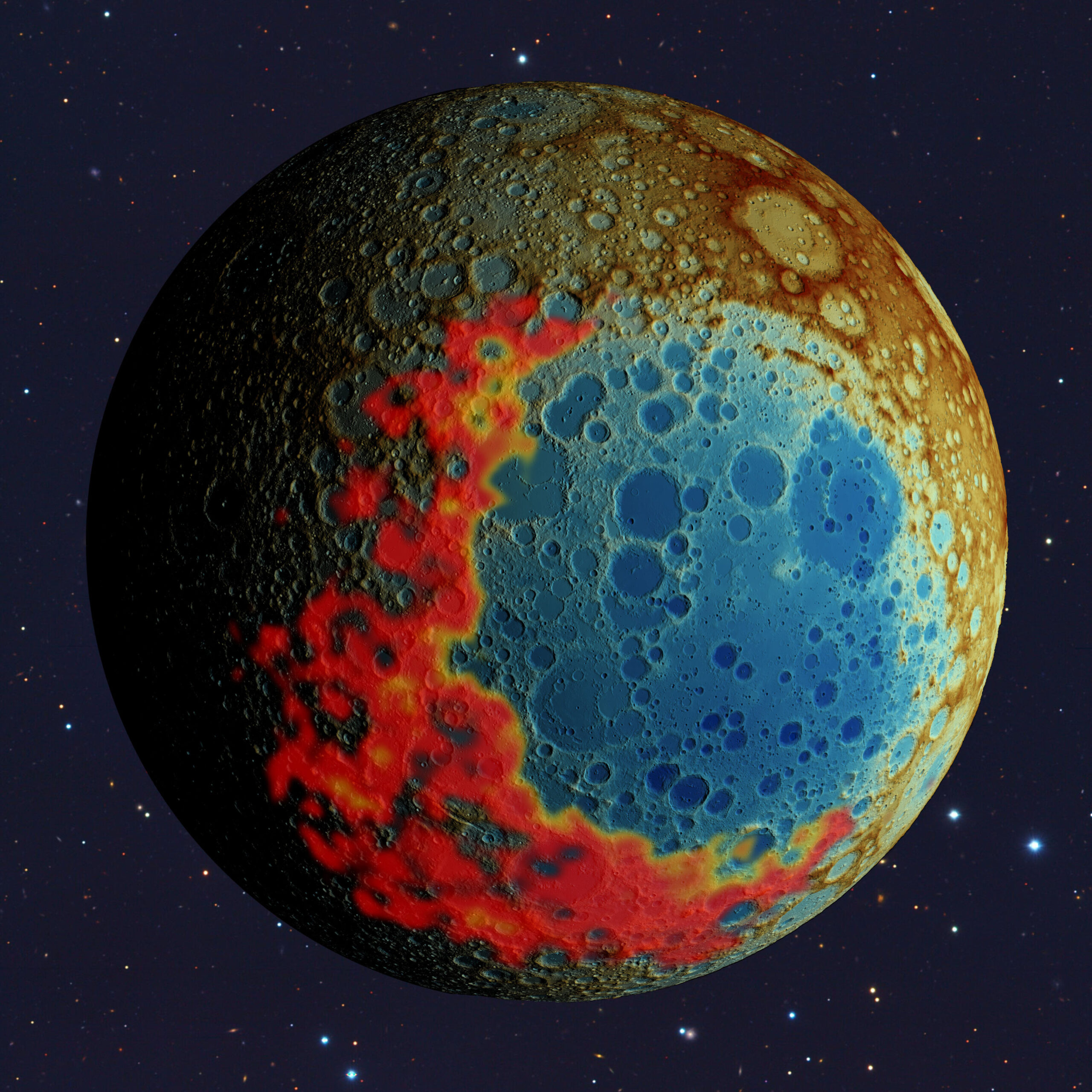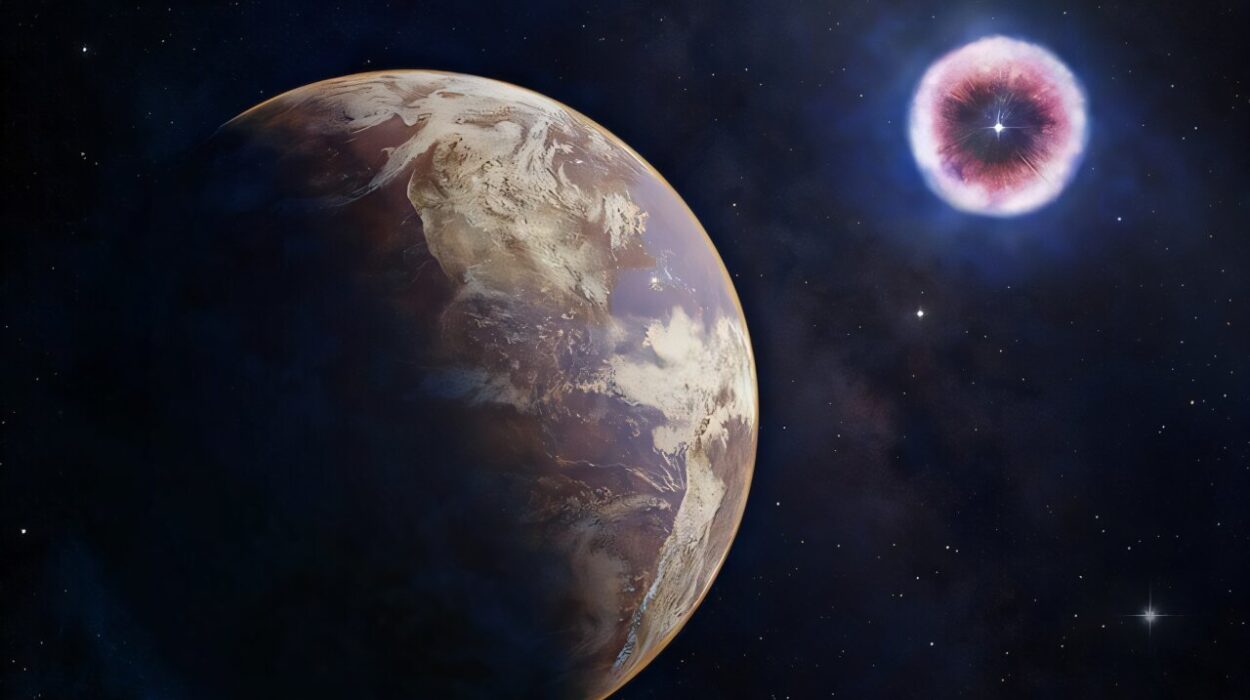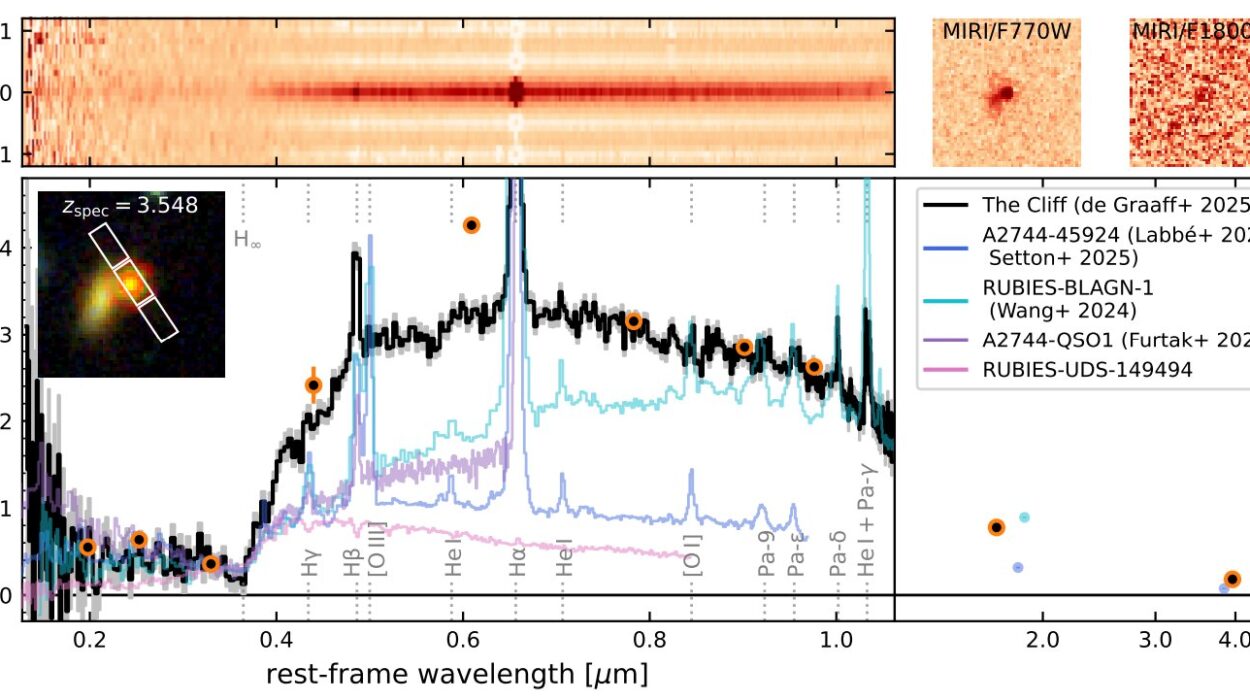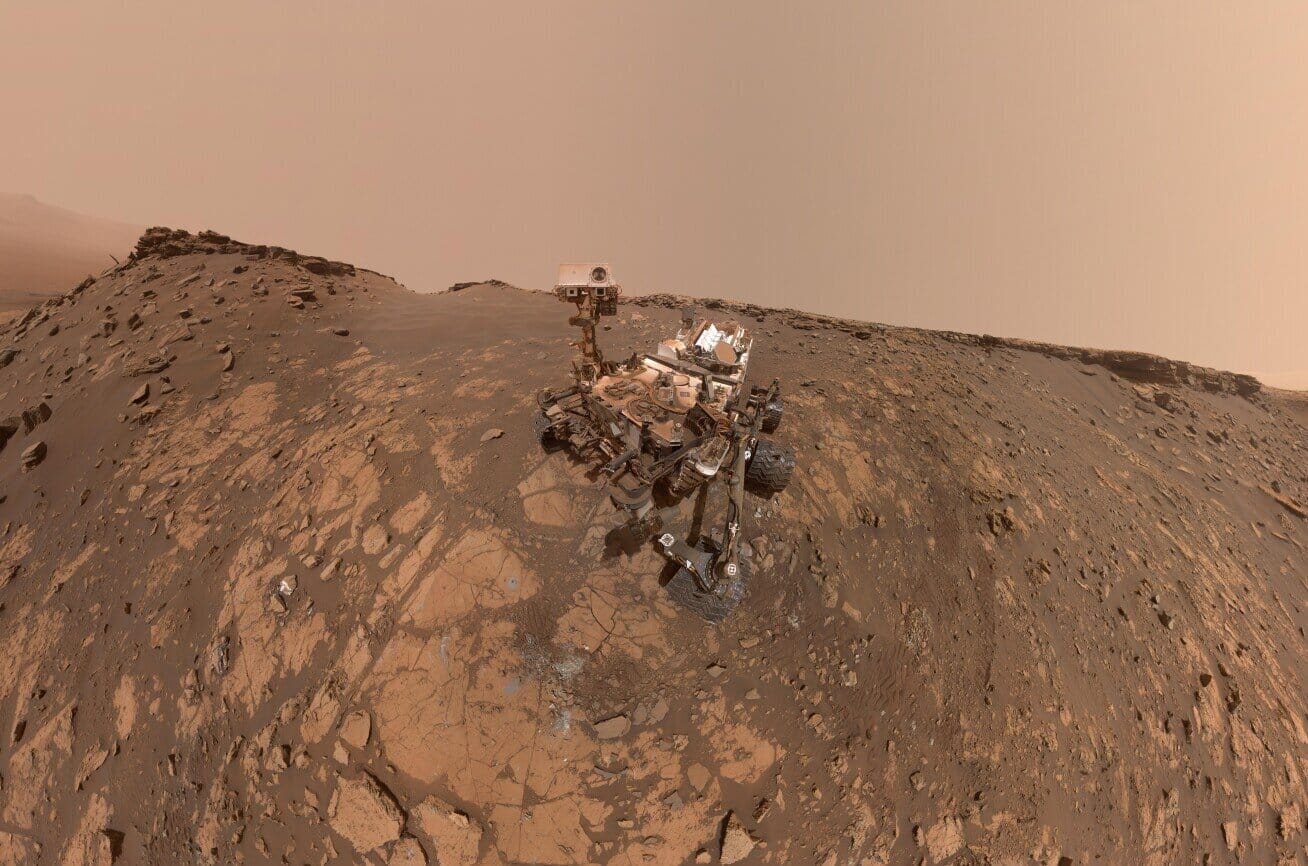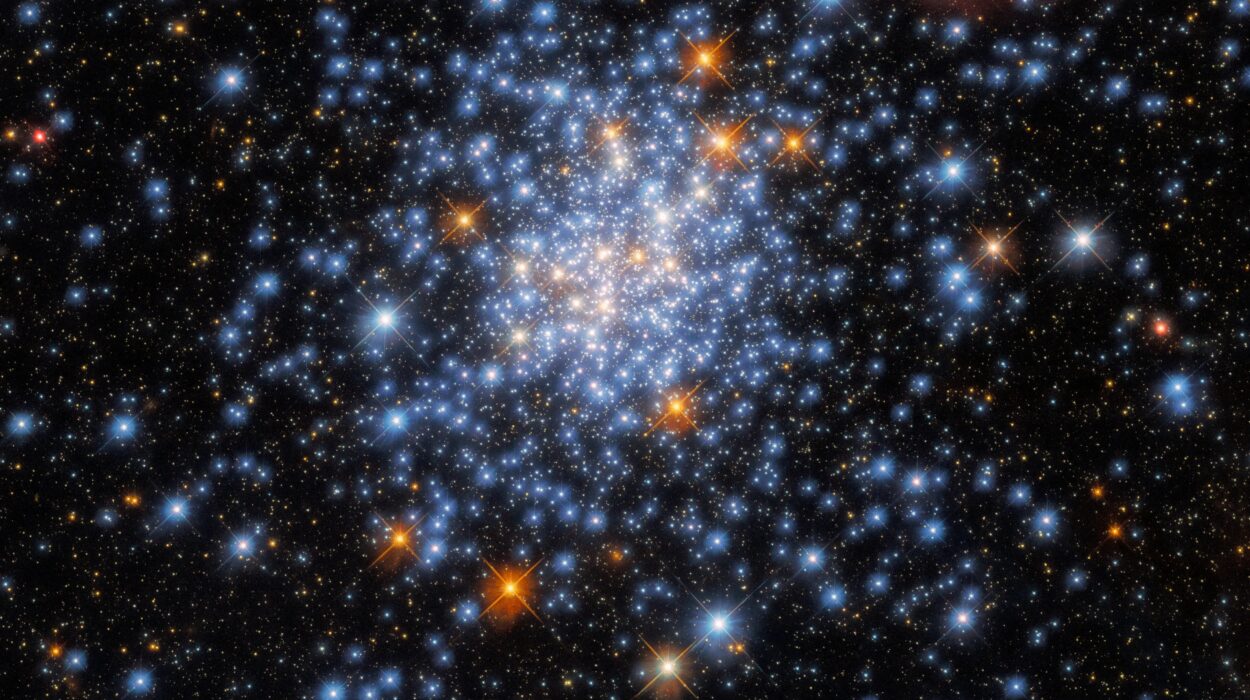When astronauts under NASA’s Artemis program touch down near the moon’s south pole in the coming years, they won’t just be setting foot on alien soil — they’ll be stepping into a time capsule of cosmic history. The dusty terrain beneath their boots may hold answers to one of science’s oldest questions: how did the moon, Earth’s steadfast companion, come to be the way it is?
According to a groundbreaking study published in Nature and led by planetary scientist Jeffrey Andrews-Hanna at the University of Arizona, the area around the lunar south pole — particularly the vast South Pole–Aitken (SPA) basin — may contain the key to unraveling the moon’s tumultuous past. Beneath the stillness of that gray landscape lies the record of a cataclysm that reshaped not only the moon itself but possibly the destiny of Earth’s closest neighbor.
A Violent Beginning
Roughly 4.3 billion years ago, the solar system was still a chaotic place. Planets and proto-planets collided violently as gravity sculpted the young solar neighborhood. Amid this cosmic turmoil, a massive asteroid slammed into the far side of the moon, carving out the South Pole–Aitken basin — an impact scar so immense that it stretches over 1,200 miles from north to south and nearly 1,000 miles across.
The basin is the largest known crater on the moon and one of the biggest in the entire solar system. Unlike a simple circular crater, SPA’s shape is elongated — the result of a glancing blow rather than a head-on collision. It was this very shape that caught Andrews-Hanna’s attention.
By studying the basin’s structure and comparing it to other giant impact sites throughout the solar system, the researchers found that such basins consistently narrow in the downrange direction, forming shapes that resemble teardrops or avocados. This observation overturned decades of assumptions about the moon’s oldest scar.
Rethinking the Impact
For years, scientists believed that the asteroid struck from the south, heading northward. But Andrews-Hanna’s analysis revealed something startling: the basin’s shape actually narrows toward the south, suggesting that the impactor came from the north instead.
This subtle shift in direction carries enormous implications. It means that the downrange region — the southern part of the basin — is where material from deep within the moon’s interior was blasted out and deposited. In other words, that’s where the secrets of the moon’s inner layers may be buried.
“The Artemis missions will be landing on the downrange rim of the basin,” Andrews-Hanna explained. “That’s the best place to study the largest and oldest impact basin on the moon — where most of the material from deep inside the moon should be piled up.”
In addition to the basin’s shape, the team examined data on the moon’s surface composition, topography, and crustal thickness. Every clue supported the same story: a colossal impact from the north, a wound so deep it may have forever changed the moon’s internal structure.
The Moon’s Molten Past
To understand why this discovery matters, we need to journey back to a time when the moon itself was a sea of fire.
Shortly after it formed — likely from debris thrown into orbit by a massive collision between the young Earth and a Mars-sized body — the moon was completely molten. This “magma ocean” covered its entire surface. As it cooled, heavier minerals sank to form the mantle, while lighter minerals floated upward, creating a primitive crust. But not everything fit neatly into this process.
Some elements — potassium (K), rare earth elements (REE), and phosphorus (P) — were rejected by the crystallizing minerals and instead became concentrated in the final remnants of molten rock. Together, these elements form what scientists call “KREEP.”
“If you’ve ever left a can of soda in the freezer,” Andrews-Hanna explained, “you may have noticed that the syrup resists freezing and gets concentrated at the end. Something similar happened on the moon with KREEP.”
The Face of the Moon: A Tale of Two Halves
One of the moon’s most puzzling mysteries is its asymmetry. The near side — the one that always faces Earth — is covered with smooth, dark volcanic plains called maria, while the far side is rugged, mountainous, and densely cratered. Why are these two hemispheres so different?
The answer, it seems, lies in the fate of that KREEP-rich magma.
“All of the KREEP-rich material and heat-producing elements somehow became concentrated on the near side,” Andrews-Hanna said. “That caused the near side to heat up, triggering intense volcanism that formed the familiar dark features we see from Earth.”
But why did the KREEP end up there? Andrews-Hanna’s team believes the far side’s crust thickened faster than the near side’s. As it did, it squeezed the still-molten magma beneath it sideways — like toothpaste being squeezed from a tube — until it pooled beneath the near side.
This uneven distribution of heat-producing elements forever shaped the moon’s evolution, explaining both its geological asymmetry and the long-standing mystery of its two-faced appearance.
The South Pole-Aitken Basin: A Window into the Deep Moon
The new study found that the SPA basin provides a direct glimpse into this early history. The impact didn’t just carve out a massive crater — it also peeled back layers of the lunar surface, exposing materials from deep within the moon’s interior.
Intriguingly, the researchers discovered that the western edge of the basin is unusually rich in thorium, a radioactive element associated with KREEP. The eastern side, however, lacks this enrichment. This asymmetry suggests that the impact may have punctured the boundary where the last remnants of the KREEP-rich magma ocean met the older, more stable crust.
“Our study shows that the distribution and composition of these materials match what we expect from modeling the moon’s final stages of magma ocean evolution,” Andrews-Hanna said. “It’s as if the impact opened a window through the crust, letting us peek into the moon’s molten past.”
In other words, the SPA basin is not just another crater — it’s a geological archive, preserving the traces of processes that shaped both the moon and, indirectly, the early Earth.
The Promise of Artemis
Now, more than half a century after the Apollo missions, humanity is preparing to return to the lunar surface. But this time, the goals are deeper — not only to explore but to understand. The Artemis astronauts will land near the very rim of the SPA basin, where ancient ejecta from deep within the moon still lies waiting.
Those samples could be priceless. They may contain the chemical fingerprints of the moon’s interior and provide direct evidence for how its crust and mantle evolved. They could even help refine our understanding of planetary formation across the solar system.
“Remote sensing gives us a broad picture of the moon’s composition,” Andrews-Hanna explained. “But there’s only so much we can learn from orbit. Once we have samples back on Earth, we can analyze them with incredible precision — we’ll know exactly what they are and where they came from.”
At the University of Arizona and research centers around the world, scientists are preparing laboratories equipped to study these precious materials. They hope the Artemis samples will answer questions that have lingered for decades — and perhaps raise new ones no one has yet imagined.
The Moon as a Cosmic Mirror
The moon has always been a mirror for humanity — reflecting not only sunlight but our curiosity, imagination, and desire to understand the universe. Each crater, ridge, and plain tells a story written in stone and time.
Now, as new generations of explorers prepare to journey back, the moon is poised to reveal its oldest secrets. Beneath its silent surface lie the remnants of cosmic violence and the fingerprints of creation itself.
In the cold dust near the lunar south pole, the clues to our shared history await — evidence of a fiery youth, a molten heart, and the slow cooling of a world that has watched over Earth for billions of years.
When the Artemis astronauts set their boots on that ancient ground, they won’t just be visiting another world. They’ll be walking across the pages of our solar system’s autobiography — written in craters, sealed in stone, and waiting patiently for us to read it.
More information: Jeffrey Andrews-Hanna, Southward impact excavated magma ocean at the lunar South Pole–Aitken basin, Nature (2025). DOI: 10.1038/s41586-025-09582-y. www.nature.com/articles/s41586-025-09582-y
